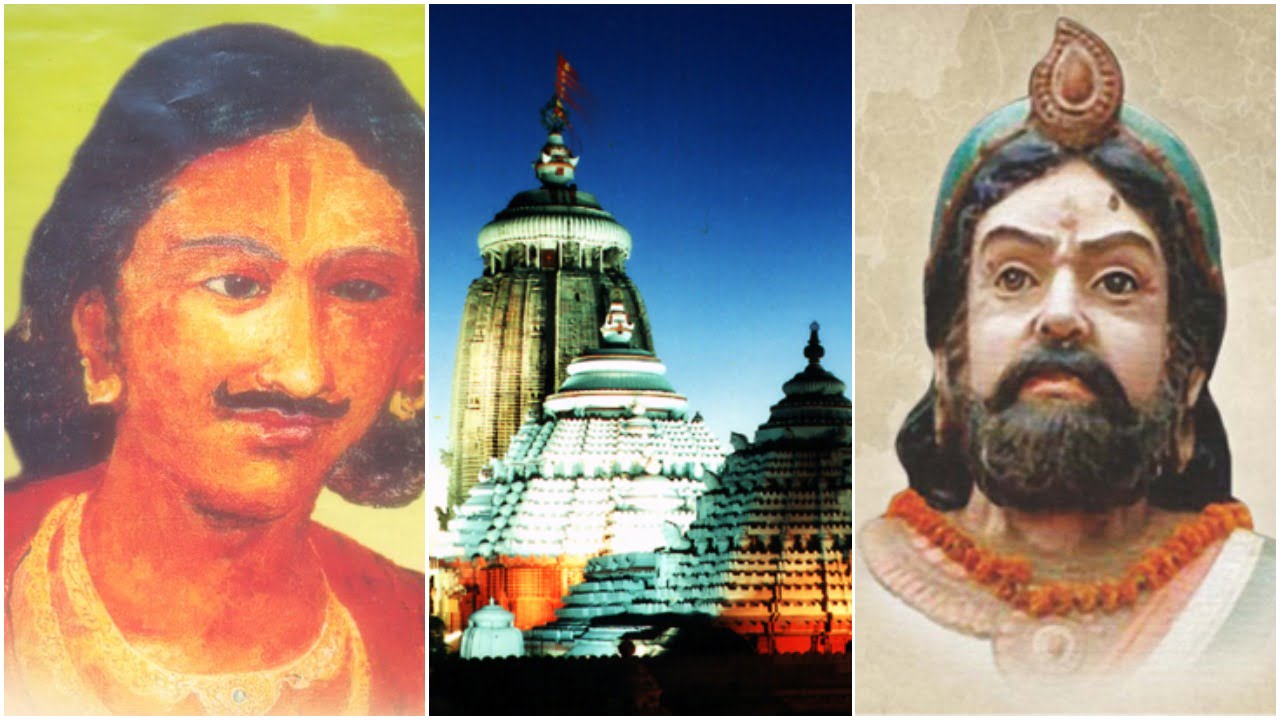Part III: Deep Faith & Strong Cultural Ethos Are Odisha’s Strength

The culture of Odisha starts from submission, or total abandonment of ego and domination. The conquerors of Odisha like the Mughals, the Marathas and the British East India Company, attempted to gain control over Puri Temple but in vain. Even Kalapahada, the tyrant general of Bengal monarchy tried to destroy the temple of Puri and other monuments and temples of Odisha but the spirit of the people and the energy of the land refused to diminish.
Literally, the soul of the Lord was hidden by the servitors and what Kalapahada destroyed as the Lord’s idol was without the salagram or the life stone, which the servitors had taken out before the attack. This symbolises the permanence in the endowment of the Lord. Nothing can slaughter the élan vital of Odias. The Lord of the Universe resides in Odisha. And how can avarice subjugate me, the Odia. I am the tribal, the beginning in nature, when I had Nila Madhava, the idol of Lord Jagannath in my possession. The tribal king Viswavasu, was the caretaker of the Lord.
The Lord has come from nature, from the beginning of time, from the wilderness. That’s the reason why I call my Land the “Soul of India”. The soul is indestructible like the salagram, which changes body every nabakalabra (rebirth) of the Lord. Odisha constituted into a separate province towards the later part of the 16th century under Akbar’s monarchy and in 1607, Cuttack was declared its capital during the rule of Akbar’s son Jahangir and his successors. Odisha enjoyed this “independent” status for about two centuries during the Mughal rule.
In the second half of the 17th century (1670), Kabi Samrata Upendra Bhanja was born at Kullada, Ghumusara a princely state in an area which is present day ‘Bhanjanagar’. Born into a royal family, the ‘Emperor of Poets’ who is considered the greatest poet of Odia literature shunned the throne for poetry and literature. He stood by his passion. Many call him the Odia Kalidas, for his brilliance in using simile (Upama) in his kabyas/verse and was the doyen of the Riti Yuga period of Odia literature. My land has always been a platform for exotic art, literature and fine arts. Kings and royalties have shunned power to embrace art and literature without remorse.
That’s my soft power. After 1751, the Marathas gained control of Odisha for almost half a decade. In 1803, the region came under British rule and not before long, Jayee Rajguru (aka Jaya Krushna Rajguru Mahapatra) galvanised an army of Paika warriors and waged a revolt against the British in 1804. This was the first uprising against the British rule in Odisha and among the few early mutinies in India. Though he was severely punished and done to a ghastly death, he owned up all the allegations against him by the British and helped get his King, Mukunda Deva exonerated.
Disclaimer: The views and opinions expressed in this article are those of the authors and do not necessarily reflect the official policy or position Of Odisha Bytes.

Comments are closed.